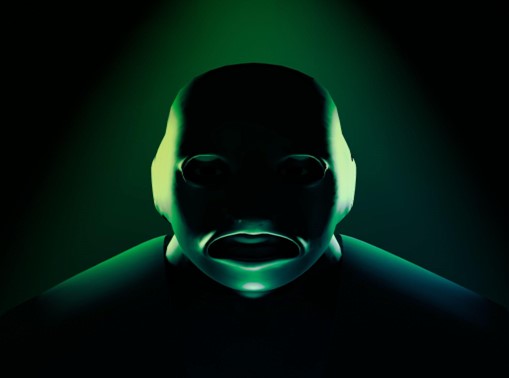Estimated reading time: 5 minutes
Browser hijackers are a type of malware that can cause a lot of problems for computer users. They can change your browser settings without your permission, and they can also insert unwanted advertising into your browsing experience. In some cases, they can even redirect you to malicious websites that could infect your computer with more malware. In this blog post, we will discuss what browser hijackers are, how to avoid them, how to remove them, and the key to clear malware from chrome if you have already been infected.
What is the method used by browser hijackers to enter computers?
There are a few different ways that browser hijackers can get onto your computer:
- Bundled with other free software: As we mentioned, browser hijackers are often bundled with other free programs that you can download from the Internet. When you install these programs, the browser hijacker is installed along with it.
- Malicious websites: You can also get a browser hijacker by visiting a malicious website. These websites often contain code that will automatically install the malware on your computer if you visit them.
- Fake updates: Another way that browser hijackers can get onto your computer is by tricking you into installing them through fake updates. This can happen if you visit a malicious website or if you click on a pop-up ad that claims to be an update for your web browser or another program on your computer.
Many times, these programs will try to install browser hijackers or other unwanted programs along with the program that you actually wanted to install. If you see any options to decline or opt out of these extra programs, make sure to do so.
What are the indicators of browser hijacking?
There are a few different things that can happen on your computer if it has been hijacked by a browser hijacker.
- Your home page or default search engine has been changed: One of the most common signs of a browser hijacker is that your home page or default search engine has been changed without your permission. If you used to have Google set as your homepage and now you have Yahoo! or some other website, then it’s likely that you have a browser hijacker.
- You see unwanted pop-up ads: Another sign of a browser hijacker is unwanted pop-up ads appearing when you are browsing the web. These ads may be displayed in new tabs or windows, and they may cover up parts of the websites that you are trying to view.
- Your web browser is slow: If your web browser is suddenly running slowly, it could be a sign that it has been hijacked by a browser hijacker. This is because the hijacker may be inserting unwanted advertising into the websites that you are visiting, which can slow down your browser.
How to remove Browser Hijackers?
The best way to avoid browser hijackers is to be careful when you download and install free software from the Internet. Always read the terms of agreement before clicking “next” or “agree.” Pay attention to what permissions you are giving the program that you are installing. If you see any options to decline or opt-out of extra programs, make sure to do so.
You can also remove browser hijackers by running a malware scan with a reputable anti-malware program. If you have already been infected, there are a few things that you can do to remove the browser hijacker from your computer:
- Change your home page: If your home page has been changed without your permission, you can change it back by going into your web browser’s settings. In Internet Explorer, go to Tools > Internet Options > General and enter the URL of the website of your choice to use your home page. In Firefox, go to Tools > Options > General and enter the URL of the website that you desire to use as your home page.
- Change your default search engine: If your default search engine has been changed without your permission, you can change it back by going into your web browser’s settings. In Google Chrome, go to Settings > Search and click on “Manage search engines.” Select the search engine that you want to use as your default and click “Make Default.”
- Find the program that you want to uninstall and click “Uninstall.” Reset your web browser: If none of the above steps have worked, you can reset your web browser. This will remove all of the settings that have been changed, including your home page, default search engine, and any toolbar that may have been installed.
To conclude, browser hijackers can be avoided by being careful when downloading and installing free software from the Internet. If you have already been infected, you can remove them by changing your home page and default search engine, uninstalling unwanted programs, or resetting your web browser.
Share this content:
